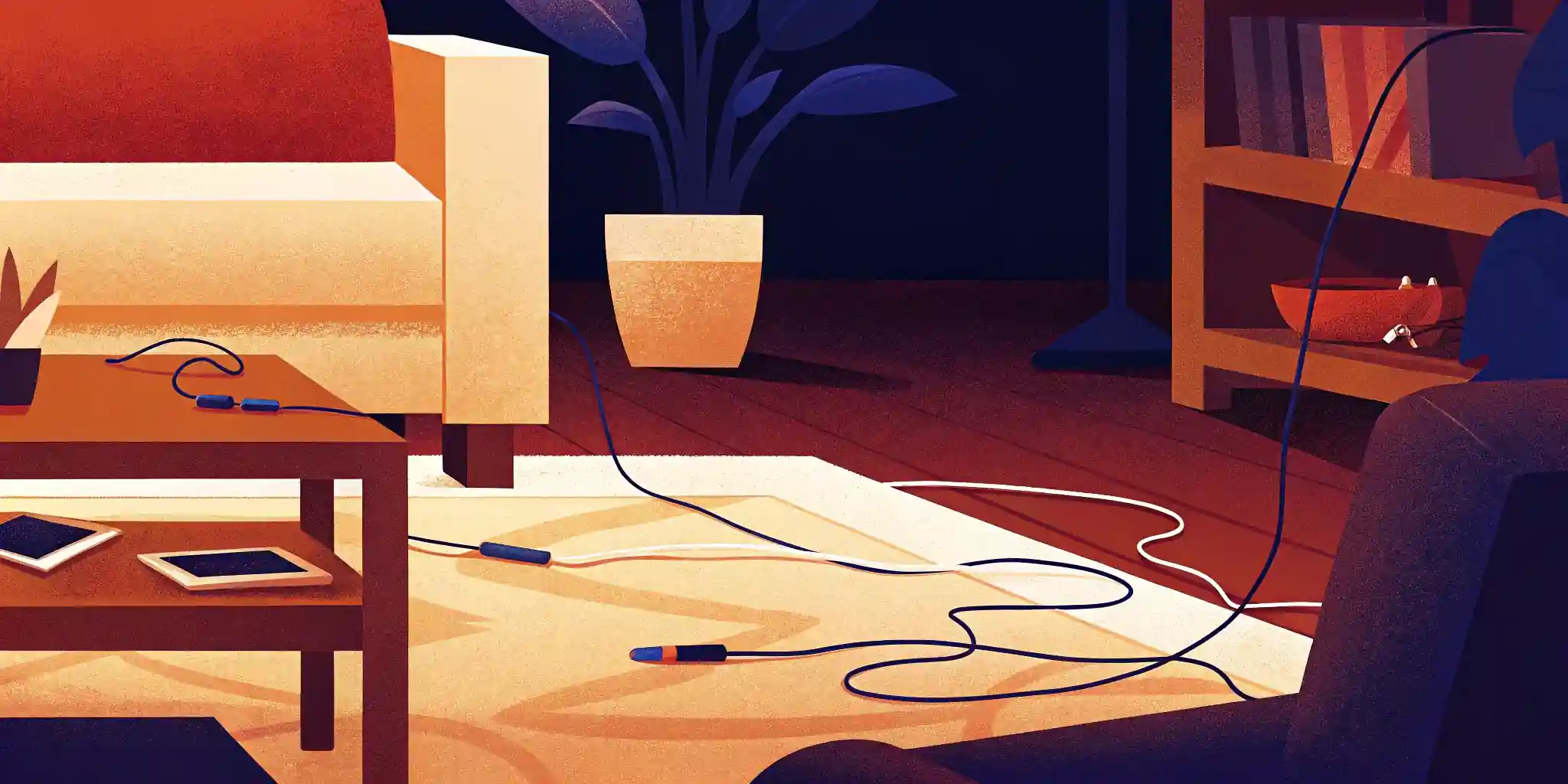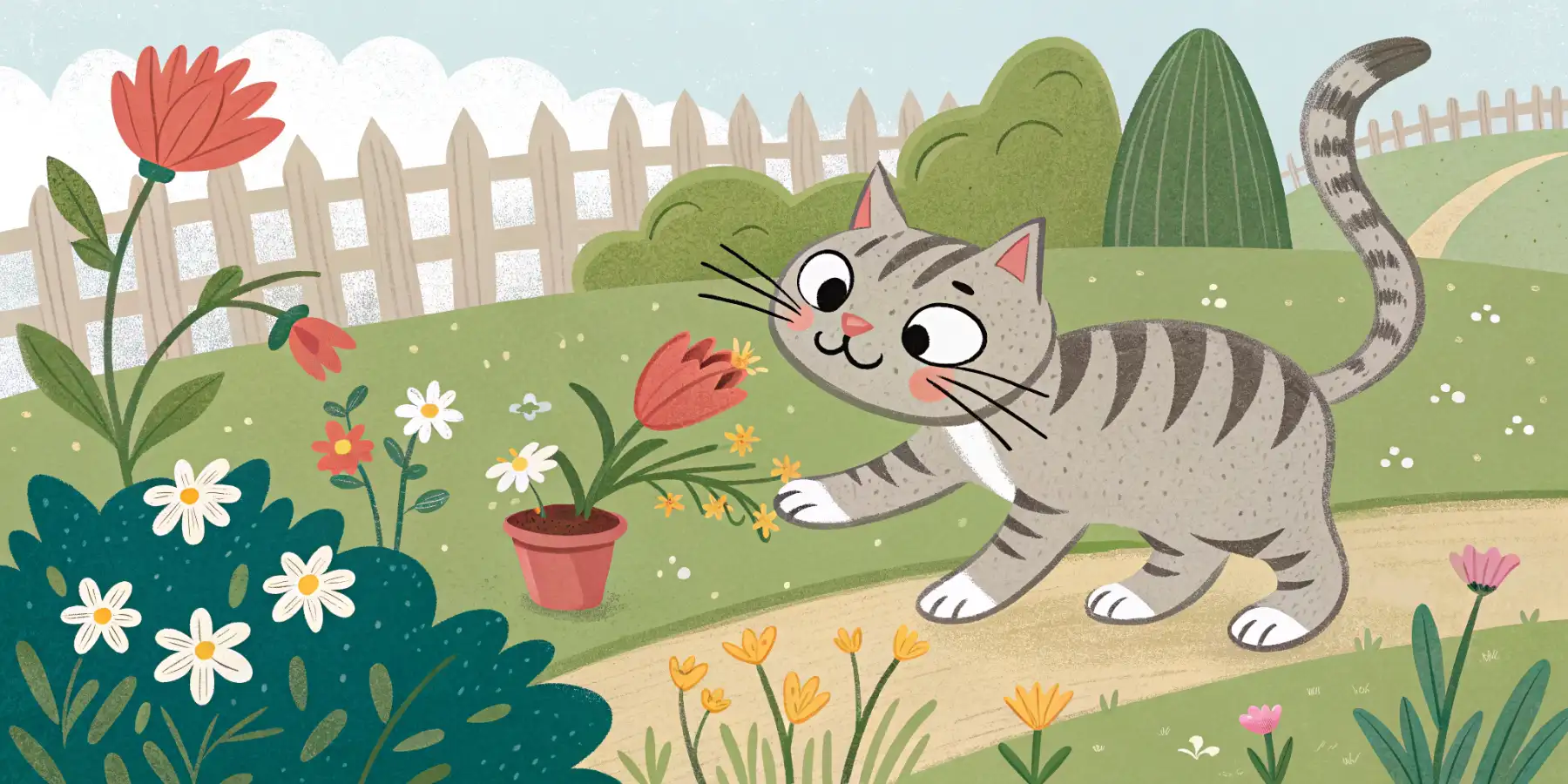
Kitten-Proofing: Home Hazards & Safety Tips
Kitten-proofing is key! 😻 Discover home hazards and safety tips to keep your curious kitten safe. Click for our ultimate guide!
Kitten-Proofing Your Home: A Guide to Identifying and Eliminating Hazards
Bringing a new kitten home is an exciting time! But before you let that little ball of fluff loose, you need to make sure your house is safe. Kittens are curious, playful, and incredibly determined explorers. What might seem harmless to us can be a serious hazard to a curious kitten. This comprehensive guide will help you identify and eliminate potential dangers, ensuring your new family member has a safe and happy start.
The Kitten Mindset: Thinking Like a Feline Explorer
Understanding how a kitten perceives the world is the first step in kitten-proofing. They explore with their mouths, paws, and a seemingly insatiable curiosity. Anything that moves, dangles, or smells interesting is fair game. Think low to the ground, consider what a tiny paw might reach, and imagine what a kitten might try to chew on. They are driven by instinct and novelty.
In my experience, even the most seemingly innocent object can become a source of trouble. I once watched a kitten spend a solid hour trying to dismantle a decorative pinecone. What seemed like harmless fun was potentially dangerous!
Identifying Common Household Hazards
Here’s a breakdown of the most common hazards and how to address them:
-
Toxic Plants: Many common houseplants are poisonous to cats. Lilies are particularly dangerous, and even ingesting pollen can be fatal. Other culprits include azaleas, tulips, daffodils, and oleander.
- The Solution: Research any plants you currently own and remove or relocate any toxic ones to a place your kitten absolutely cannot reach. Consider replacing them with cat-friendly options like catnip, cat grass, spider plants, or African violets. Always double-check online resources or consult with your veterinarian if you’re unsure about a plant’s toxicity. Specifically, be extra cautious about keeping lilies away from cats.
 Image: A curious kitten sniffs at a non-toxic spider plant in a pot.
Image: A curious kitten sniffs at a non-toxic spider plant in a pot.
-
Electrical Cords and Wires: These are a major temptation for kittens, especially when they’re teething. Chewing on electrical cords can lead to burns, electric shock, or even death.
- The Solution: Tucking cords behind furniture is not enough. Use cord protectors, cable ties, or cord concealers to keep wires out of reach. You can also try spraying cords with a bitter apple spray designed to deter chewing. Regularly inspect your cords for any signs of damage. If you see exposed wires, replace the cord immediately. Prevent electrical cord hazards for cats by covering all cords.
-
Small Objects: Coins, buttons, rubber bands, paper clips, medication pills, and other small items are easily swallowed by kittens. These objects can cause choking, intestinal blockages, or toxicity.
- The Solution: Keep small objects in closed containers or drawers. Be especially careful with medications – store them securely and clean up any spills immediately. Regularly sweep and vacuum to pick up any stray items. Train yourself and others in the household to be meticulous about picking up anything that could be ingested.
-
Cleaning Products and Chemicals: Household cleaners, detergents, and other chemicals are highly toxic to cats. Ingestion or even skin contact can cause severe burns, internal damage, or death.
- The Solution: Store all cleaning products and chemicals in locked cabinets or high shelves where your kitten can’t access them. Never leave cleaning products unattended. If you are cleaning floors or other surfaces, keep your kitten away until the area is completely dry. Opt for pet-friendly, non-toxic cleaning products whenever possible. Always store household cleaners away from your kitten.
-
Medications (Human and Pet): Even medications prescribed for other pets can be harmful to a kitten. Human medications are almost always toxic.
- The Solution: Keep all medications, both prescription and over-the-counter, in childproof containers and stored in a secure location. Never leave medication bottles on countertops or tables. Be extra cautious when administering medication to other pets in the household.
-
String, Yarn, and Ribbon: These items are incredibly tempting for kittens to play with, but they can be extremely dangerous if swallowed. They can cause linear foreign body obstructions, a life-threatening condition requiring surgery.
- The Solution: Avoid leaving out yarn, string, ribbon, dental floss, or other similar items. If you enjoy knitting or crafting, store your materials securely when not in use. Supervise your kitten closely when playing with toys that contain string or ribbon, and discard them immediately if they start to unravel.
-
Open Windows and Balconies: Kittens are curious and agile, but they can easily fall from windows or balconies. Even screens can be pushed out.
- The Solution: Ensure that all windows and balconies are securely screened or closed. Install window guards or netting to prevent falls. Prioritize your kitten’s safety and secure all windows.
How to make my home safe for a new kitten?
Hidden Dangers You Might Overlook
- Rubber Bands: These are everywhere. Check under furniture, in drawers, and even on the floor! They are a prime choking hazard.
- Essential Oils: While they may smell nice to us, many essential oils are toxic to cats. Diffusing them can be harmful, and direct contact can be even worse. Keep diffusers out of reach and research the safety of any oils you use.
- Certain Foods: Chocolate, onions, garlic, grapes, raisins, and alcohol are all toxic to cats. Make sure to keep these foods out of reach.
 Image: A playful kitten batting at a feather toy, demonstrating safe enrichment.
Image: A playful kitten batting at a feather toy, demonstrating safe enrichment.
Continual Vigilance: Kitten-Proofing is an Ongoing Process
Kitten-proofing is not a one-time event. As your kitten grows and becomes more agile, you’ll need to re-evaluate your home for potential hazards. Monitor your kitten’s behavior closely and address any new concerns as they arise. Remember, a little prevention goes a long way in ensuring your kitten’s safety and well-being.
What household items are dangerous for kittens?
We’ve already touched on this, but explicitly using the phrase helps. The answer is simple, “Many seemingly harmless household items are dangerous for kittens, requiring careful kitten-proofing.”
Creating a Safe and Enriching Environment
Kitten-proofing isn’t just about removing hazards; it’s also about creating a safe and stimulating environment. Provide plenty of toys, scratching posts, and climbing opportunities to keep your kitten entertained and prevent them from seeking out trouble. A bored kitten is a mischievous kitten!
How to train my kitten to not chew on cords
Addressing chewing is a key concern for owners of new kittens. While covering cords is optimal, you can also offer alternatives: “Training your kitten to not chew on cords involves providing appropriate chew toys and using deterrent sprays on the cords themselves. Consistency is key!”
 Image: A kitten happily using a scratching post, demonstrating a safe and appropriate outlet for their natural behavior.
Image: A kitten happily using a scratching post, demonstrating a safe and appropriate outlet for their natural behavior.
The Reward: Peace of Mind and a Happy Kitten
By taking the time to kitten-proof your home, you’re not only protecting your new pet but also giving yourself peace of mind. Knowing that your kitten is safe allows you to relax and enjoy their playful antics without constantly worrying about potential dangers. Welcome home, little one!


